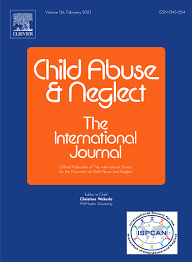Background
A lot of the research concerning foster children – often children who have suffered maltreatment in the family home - has focused on internalized and externalized symptoms. Few studies, however, have looked at the interactions between such children and caregivers.
Purpose
The purpose of this study, based in France, is to explore the Emotion Regulation Strategies (ERS) of children in foster care and to highlight those most commonly employed in family or placement contexts. The parents' and foster carers' ERS are also analyzed in order to understand the co-regulatory processes at work.
Method
An in-depth analysis of observation sequences was performed. Three data collection times, spaced across a period of 6 months (t1, t2 and t3), were included in the observation protocol. Each observation, recorded using a video camera, comprised 45 min of free time and 15 min of structured tasks. Transcription and coding of ERS were performed for each sequence using a microanalytical method. Both children's and adults' ERS were coded.
Results
Children tended to be readily distracted when interacting with adults, and more particularly so with their parents. While they tended to display relatively normative processes with a foster carer, they turned to pathological avoidance mechanisms with their parents such as physical venting or self-stimulation. Interactions during structured tasks showed a significant reduction in distraction processes.
Conclusion
This study highlights the prevalence of distraction behavior in foster children during their interactions with caregivers, and offers an insight into how structured interactions provide a framework that mitigates children's avoidance behaviors and so enhances adult-child collaboration.

